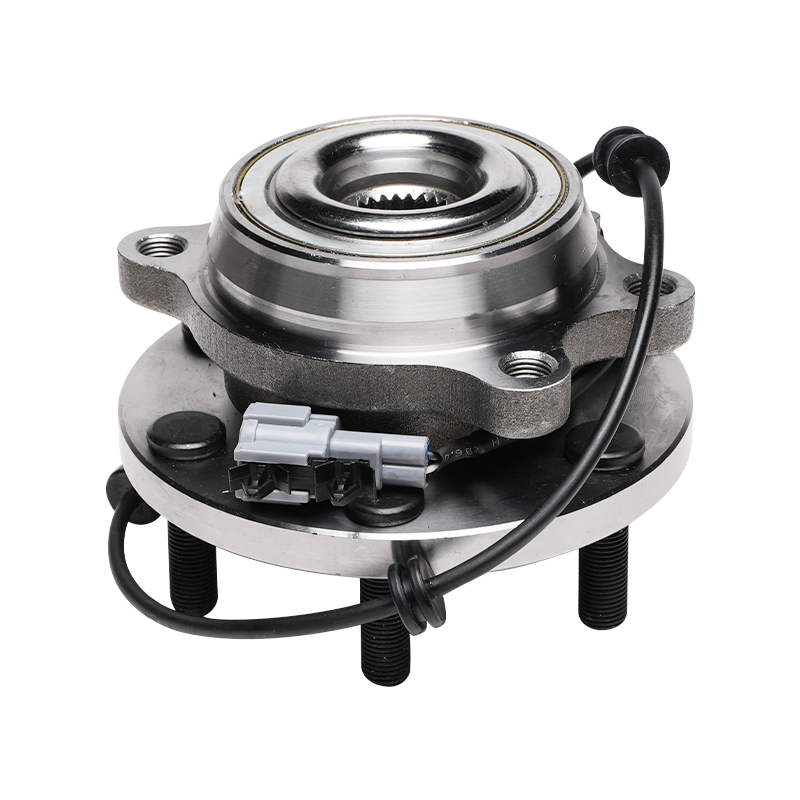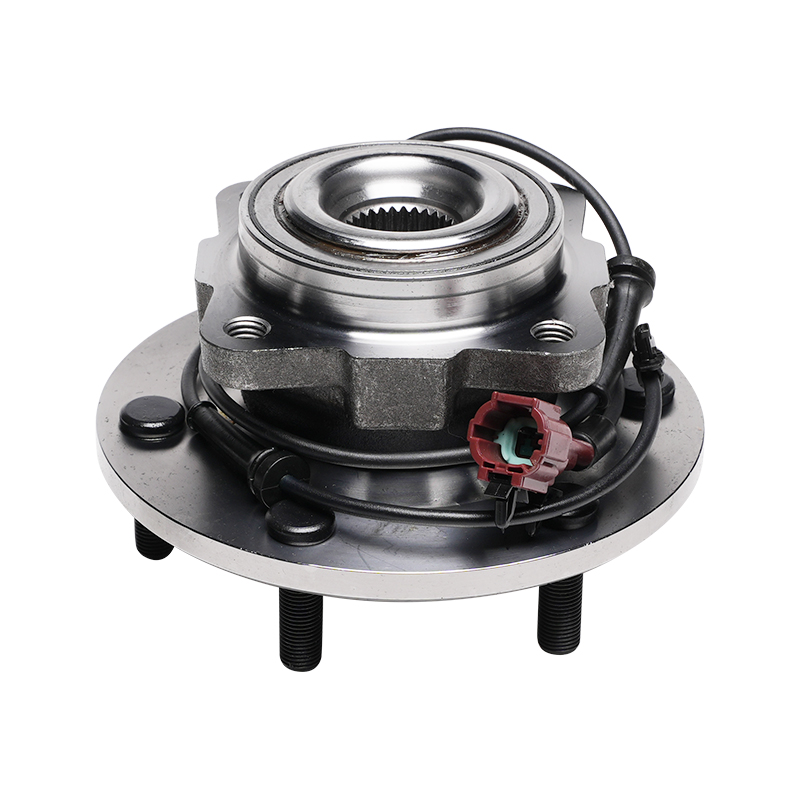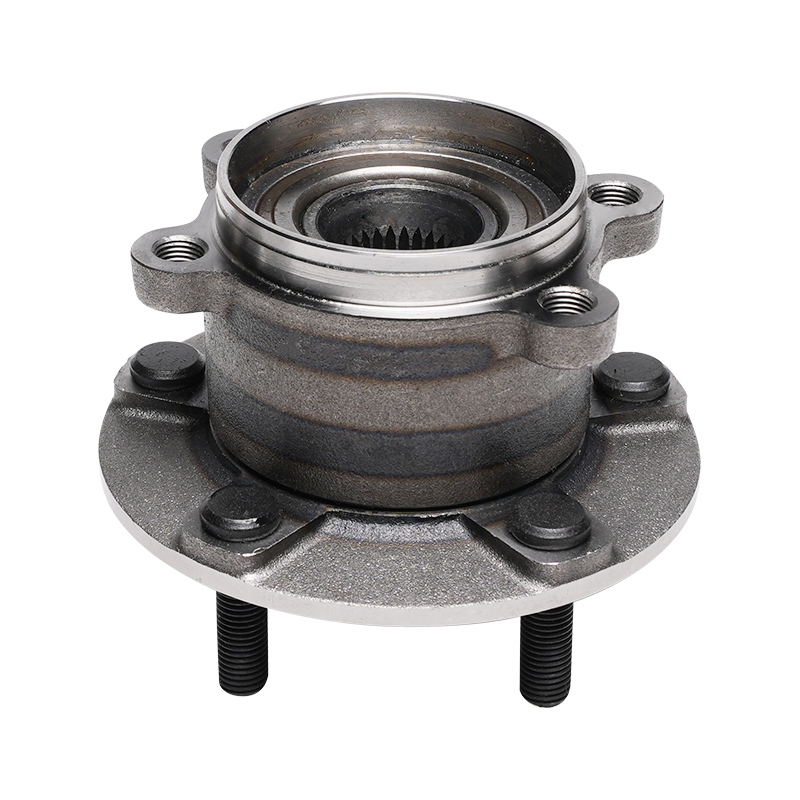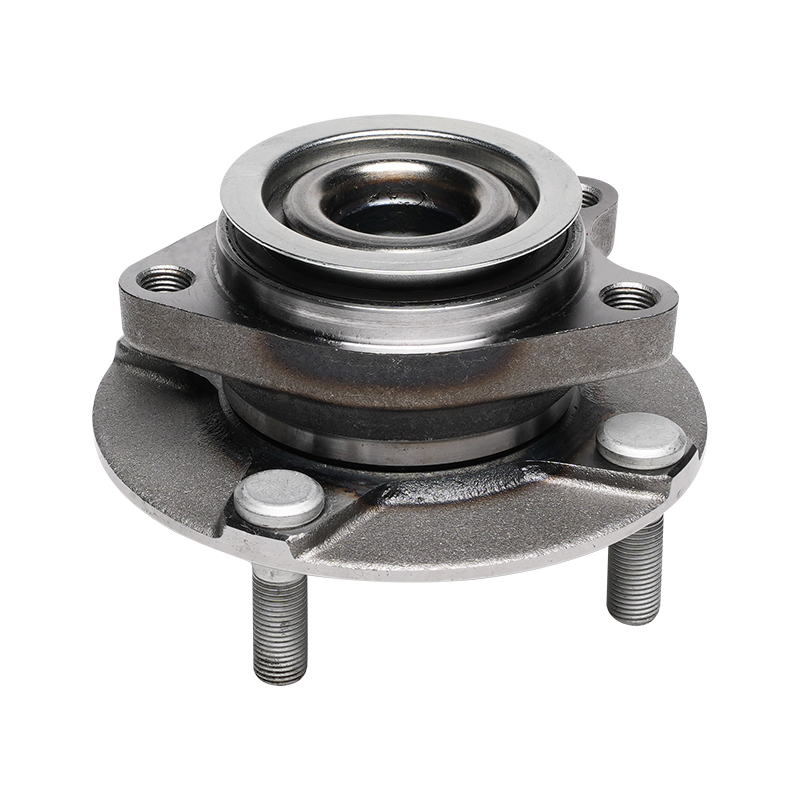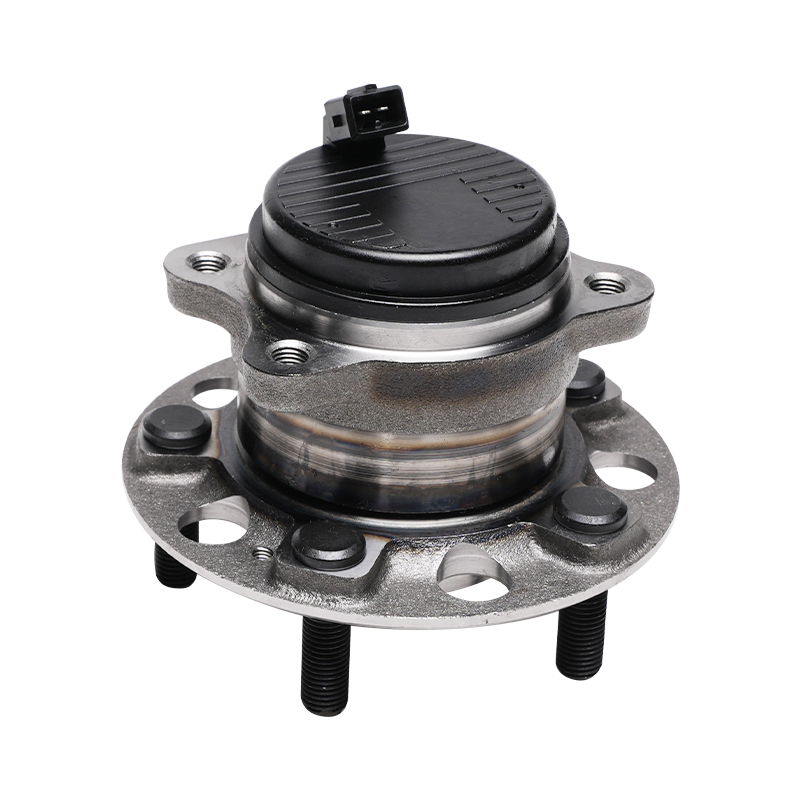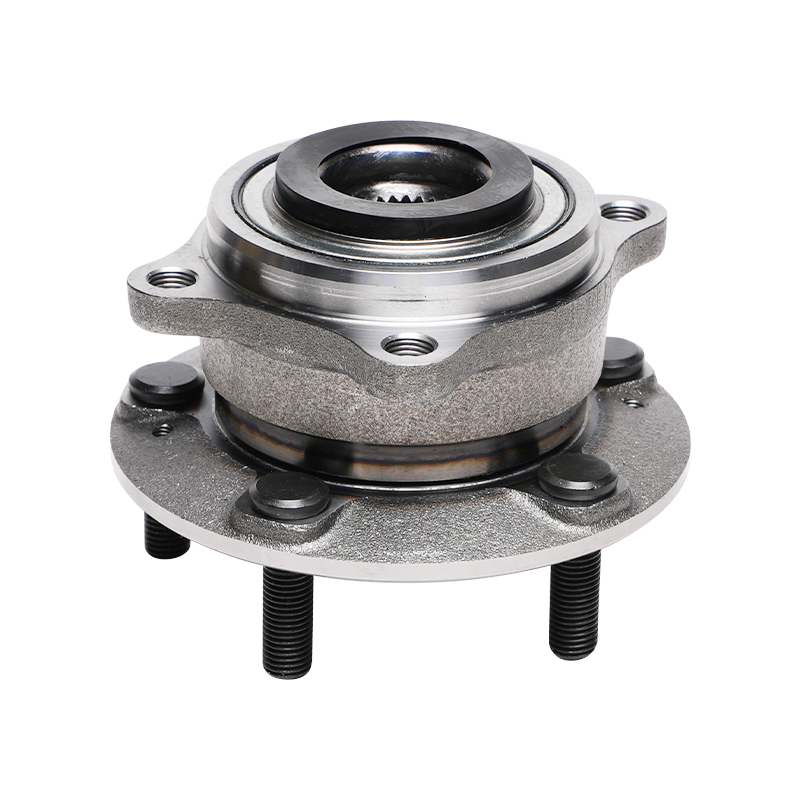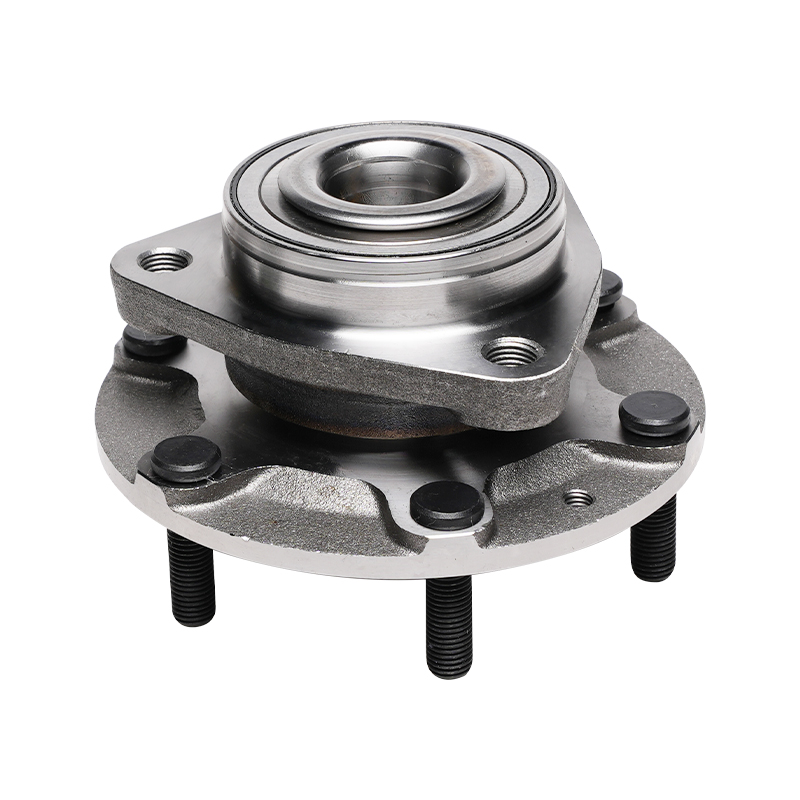Request for a call today
The core value of wheel hub bearings: key components for driving safety and performance
 2025.07.15
2025.07.15
 Industry News
Industry News
In the modern automotive industry, wheel hub bearings are not only a mechanical connection component, but also an indispensable and important safety guarantee during vehicle driving. It undertakes the task of load transfer between tires and chassis, ensuring the smooth and efficient operation of vehicles, and is also directly related to braking performance and handling sensitivity. With the increasing complexity of automobile structures and the continuous improvement of performance requirements, the technological evolution and material innovation of wheel hub bearings are becoming an important focus of industry development.
Performance breakthrough brought by precision design
The structural design of wheel hub bearings has long evolved from traditional single-body bearings to integrated, high-precision integral components. Modern mainstream models mostly use second-generation or third-generation integrated bearings. Compared with traditional structures, integrated bearings greatly improve installation accuracy and operational stability by highly integrating components such as bearing units, flanges, and sensors, and effectively reduce operating deviations caused by installation errors. This highly integrated design not only optimizes the space utilization of vehicles, but also improves the bearing's carrying capacity for complex loads, especially under complex working conditions such as high speed and heavy load, it still maintains excellent stability and life performance.

Material and process innovation promotes a leap in durability
The reliability of wheel hub bearings fundamentally depends on the materials and manufacturing processes used. In high temperature, high pressure and high speed working environments, traditional carbon steel materials have long been unable to meet the requirements of their service life. Nowadays, more and more manufacturers use high-purity bearing steel, vacuum-melted alloy steel, and even introduce ceramic mixed materials in key parts to improve their wear resistance and corrosion resistance. At the same time, heat treatment processes and surface strengthening technologies are also constantly evolving. The application of new technologies such as low-temperature nitriding, ion carburizing, and plasma spraying makes bearings more impact-resistant and fatigue-resistant during use.
Intelligent trends help safety control system coordination
With the widespread application of intelligent driving and electronic control systems, wheel hub bearings are also quietly completing the "perception" upgrade. The speed sensor required by integrated ABS, ESP and other systems has become a new standard for modern bearings. By working in conjunction with the electronic control unit, this type of intelligent bearing can monitor the wheel speed, direction change and load status in real time, providing accurate data support for the vehicle's active safety system. This integrated design not only simplifies the layout of sensors, but also reduces the system failure rate and improves the response efficiency and control accuracy of the vehicle.
Reduced maintenance difficulty and longer service life
Traditional bearings often need to be lubricated and replaced regularly, while modern wheel hub bearings have greatly reduced the maintenance frequency during use through a sealed structural design. The fully enclosed bearings have built-in high-performance grease, which can maintain the lubrication effect for a long time and effectively extend the service life of the bearings. At the same time, the improved sealing performance also prevents external pollutants such as dust and water vapor from entering the bearings, thereby ensuring their stable performance under various climate and road conditions. For users, reducing the maintenance frequency not only improves the convenience of driving, but also reduces the overall cost of use.

New energy vehicles put forward new requirements for wheel hub bearings
In the context of the rapid rise of new energy vehicles, wheel hub bearings face new adaptation challenges. Unlike traditional fuel vehicles, new energy vehicles have significant differences in drive form, vehicle weight distribution and power response. The higher instantaneous torque brought by the electric drive system puts higher requirements on the torsional resistance and transient response of the bearing structure. At the same time, as the motor tends to be more closely integrated with the wheel, the future wheel hub motor technology will enable the bearing to not only carry mechanical loads, but also deal with the interference of the electromagnetic environment. This trend will drive wheel hub bearings to evolve towards higher performance materials, more precise assembly processes and smarter monitoring systems.
Wheel hub bearings are not just a connection point in a mechanical structure, but also the crystallization of precision manufacturing and intelligent integration in the modern automotive industry. In the future, with the in-depth development of autonomous driving, electrification and intelligent sensing technologies, wheel hub bearings will continue to move towards new heights of higher precision, stronger integration and longer life, and continue to play an irreplaceable and important role in the automotive industry.

